
I wrote previously on my blog about why healing trauma starts with creating safety, and while I think I had some truly valuable insights from an intellectual perspective here, I have so much more to add to this piece on the spiritual side of things.
I’ve “worked with” the chakras for over 10 years—but that doesn’t mean they’ve been in balance for even half of that time. That first spark was simply the start of the numerous lessons I would learn intellectually before I found the safety required to know them.
Trauma can put powerful blinkers on us, and it wasn’t until the last year and a half (since carving out a real, felt sense of safety for the first time in my life) that I’ve seen how wildly my lower chakras were wounded by trauma and working out of alignment.
It’s an ongoing process of unlearning and relearning—now in safe environments. And with a number of new opportunities, milestones and beautifully unexpected moments on the horizon, maintaining this connection to my lower chakras is going to be even more important if I want to continue to grow.
Today I wanted to talk a little deeper about what healing our lower chakras might look like, and how it lays the groundwork for our higher energy work. So, join me for the ride!
Why Healing Trauma Starts with Creating a Genuine, Felt Sense of Safety
In my original blog post—over on my mental health recovery journal—I wrote the following:
For me, my experiences with complex trauma meant being stuck in traumatic places and situations that I couldn’t even see, never mind get out of, for years at a time. My body’s way of coping with and protecting me from that was to develop a keen use of dissociation.
I learned to dissociate around the most painful parts of my experiences, which left me with a distorted belief that there was something intrinsically wrong with me and it needed to be fixed.
This led me down a decade long spiral of mental health services, assessments, referrals, and, eventually, a diagnosis, but I still felt no change, because I was still stuck in traumatic situations I was actively dissociating from.
I was completely dissociated from the current trauma occurring in my life, and at the same time I was chasing answers to the traumas of my past in the hopes that they would ‘fix’ it all.
And truly, I could never have healed in the environments I was trying so desperately to heal in. I really had to take some absolutely terrifying leaps of faith to get myself to physical and personal safety.
Getting off the booze completely (now over two and a half years booze-free!) and into therapy for my BPD recovery, out of abusive and destructive relationships, into a creative line of work (I’m now a writer and content marketing manager!) that would get me away from the pub scene—and into my own safe place to finally regain a sense of autonomy, were pretty much the bare foundations of getting my physical safety back.
Then, I just had to hold the faith that my body and mind would catch up while I committed to the work.
It did. And it still is, constantly. I’ll sometimes catch myself doing something that I would never have done even a year ago, and think about how far I’ve come and how much safer I feel in my body now. It’s a lifelong process of balance, but the progress has been phenomenal.
An Introduction to the Lower Chakras
The lower chakras (the root, sacral, and solar plexus chakras) work mainly with the material and personal world. They are also where our trauma gets stored, where deep personal wounds are harboured, and where our felt sense of safety originates.
When outlining these lower chakras, U.K. vinyasa flow teacher Claire Missingham explains:
The first three, or lower, chakras—the root, pelvic, and navel chakras—relate to your sense of stability, strength, and confidence. They are essentially the seat of our primal need to feel rooted, our creativity and sensuality, and our will power.
Lower Chakras Basic Associations
- Root Chakra—I Am: Root of spine, red, stability and safety, need to feel rooted and grounded.
- Sacral Chakra—I Feel: Pelvis, orange, strength and sensuality, need for creativity and sexual expression.
- Solar Plexus Chakra—I Do: Navel, yellow, success and action, need for willpower and confidence.
When our lower chakras are in balance, they provide a balanced foundation for the rest of the system to flow. This can appear as:
- Strong willpower and courage
- Strong creative expression and connection to gut instincts
- Core sense of security and care towards the physical body
If the lower chakras are wounded, blocked, or overactive, it can throw off the balance in the rest of the system, which could show up as:
- Sleep issues & lack of energy
- Anxiety & panic attacks
- Becoming overly attached to or detached from the material world
- Lack of confidence and self-esteem
- Emotional avoidance or disregulation
The Lower Chakras and Maslow’s Hierarchy of Needs
Maslow’s Hierarchy of Needs is a theory of human motivation that takes into account five categories of individual needs: physiological needs, safety needs, love and belonging needs, esteem needs, and self-actualization needs.
Masterclass tells us:
Maslow’s theory presents his hierarchy of needs in a pyramid shape, with basic needs at the bottom of the pyramid and more high-level, intangible needs at the top. A person can only move on to addressing the higher-level needs when their basic needs are adequately fulfilled.
I first learnt about Maslow’s Hierarchy of Needs in college psychology class. It’s only now, looking again at the above image, that I see the instant chakra associations loud and clear. As above so below. As in the physical, so in the spirit.
It sums up my point here pretty well. Without our basic physiological, safety and security, and connection or belonging needs met, we can’t healthily move up into the heart and further into the realms of self-actualization.
My Experiences of the Lower Chakras and Trauma
Going back to my own experiences, throughout the decade I spent trying to find mental healing from complex trauma, I first found my connection to spirituality. It was, in the same way as the mental dissociation, cloudy.
I started studying yoga and the chakras at 16, yet wouldn’t realise how ungrounded my spiritual practice would become for a good… 10 more years? And I wouldn’t get out of destructive, drug-and-trauma-fueled environments for another 7.
The interest, ideas and intellectual parts of my spiritual and philosophical studies have always been there, but trauma had left me unsure of myself, my safety, my sense of belonging, my potential for success.
It left me stuck with all these ideas that I couldn’t integrate into my reality—because it wasn’t yet safe enough to do so. I couldn’t implement ‘trusting my intuition’, because it would mean leaving my entire life behind and I didn’t trust myself enough to do so. I couldn’t even identify my boundaries, because I didn’t feel worthy of them.
I would always be desperately looking to heal, but always through the upper chakras lens. Always thinking, talking without connection to my body, fighting for validation, open-hearted without knowing my boundaries. Looking for self-actualization before I had met even my basic survival needs.
It’s still a balancing act, as I do have a tendency towards living in the upper chakras (I’m Uranus & Pluto dominant after all…) but I’m getting better at bringing it back to my root as an anchor for my spiritual practice now.
You can’t anchor these spiritual practices into reality without having the lower chakras to anchor them. It ends up turning into long-term bypassing, and might just lead you down a long and dark rabbit hole, like it did me. (Though we’re all for dark nights of the soul here!)
Self-Gaslighting and the Lower Chakras
There’s also the element of gaslighting ourselves.
For example, say we’re often tapping into the heart chakra with our spiritual practice, using “I am loved” affirmations. But, at the same time, if we are being ab*sed or bullied in another area of our life, these words can feel like lies.
Even worse, they can convince us even more of our inner narratives created to cope with ongoing trauma. That’s not to say that these can’t be beautiful affirmations to use at some point, but just use discernment on how that resonates with you.
- Bring it back to the Root: Are you safe?
- To the Sacral: Do you feel loved?
- And to the Solar Plexus: Do you and your circle act with safety and love?
These are not questions made to judge you. They are made to alter the perspective slightly and not jump ahead when your body needs more safety in order to catch up.
If affirmations are still useful, you can approach them in a slightly different way: “Physical and emotional safety exists.” “I deserve to be and feel safe.” “I want to be and feel safe.” “I am worthy of both physical and emotional safety.”
Even better, start with mindfulness. What do you feel in your body? Start there and find the narrative afterwards. Just be open to what’s really happening in the present moment, so you can start to (safely) feel and explore your feelings, shed what needs to be shed and actually start to carve out that safe life for yourself.
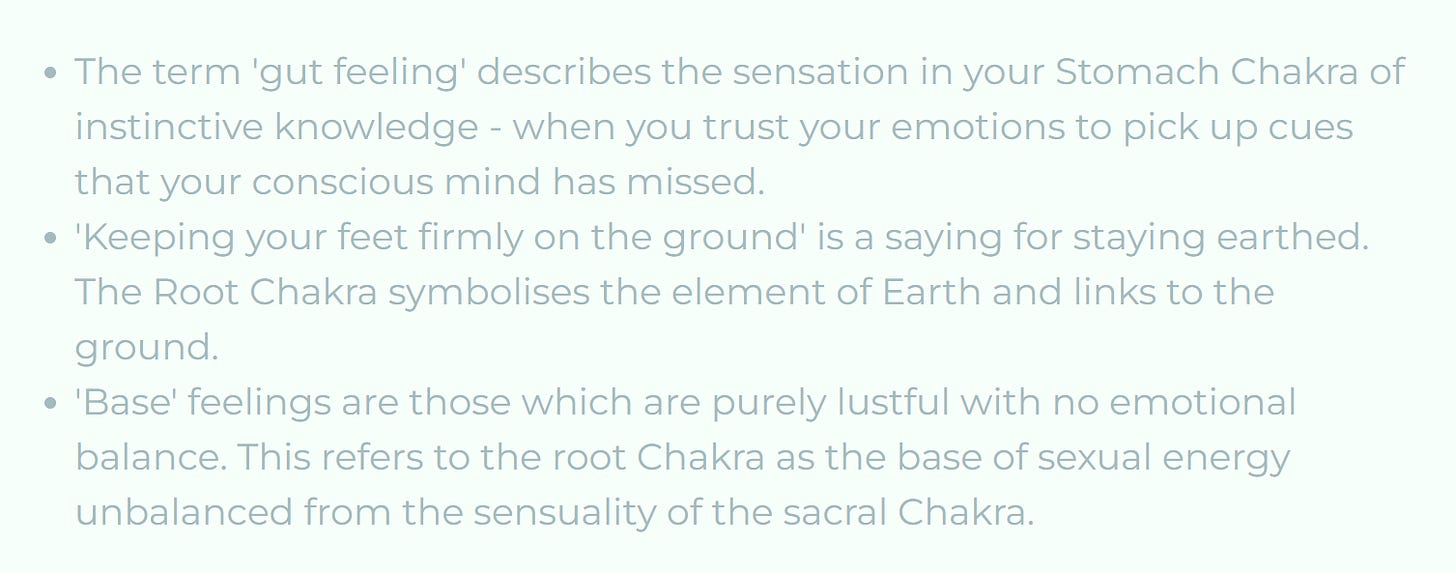
Healing the Lower Chakras: Ending Destructive Relationships
I recently wrote about the DBT Interpersonal Effectiveness Module on my mental health blog, which is centered around maintaining healthy interpersonal relationships and skills to help you do so.
However, it’s important to remember one crucial but uncomfortable part of creating and maintaining healthy relationships: ending the destructive ones.
This becomes an invaluable skill from the perspective of healing the lower chakras, which require that return to a safe equilibrium in order to flow efficiently.
DBT’s Interpersonal Effectiveness also covers detailed steps for building this skill, as outlined below:
General Lower Chakra Healing Ideas
These are just general initial thoughts, to really get into healing these energy centers, particularly through the lens of trauma healing, I’d definitely recommend doing more private studies and research to see what aligns.
Root Chakra Healing
Healing the Root chakra is all about taking care of your physical body. Remember: we are embodied spirit. We have to take care of the 3D as well as the 5D.
So, ending destructive relationships could be a big one here. It might not be, but again, just use discernment.
If yoga’s your thing, floorwork is my best friend when I need to get grounded. You can also try standing postures with your feet planted into the ground, balances and forward folds to start moving any stagnant Prana.
Sacral Chakra Healing
Healing the Sacral chakra is all about what we feel.
Work on developing your emotional self-expression and also work on balancing your own emotional needs and regulation with the needs of others. Hold your boundaries.
To get into the Sacral space, think creative expression, sensuality and gut instincts. You can try hip-openers from the yoga side of things, as well as core work and lower back openers.
And—of course—it’s time to get creative! Whatever it is you feel drawn to, create it. Lean into your senses, and into your gut.
Solar Plexus Chakra Healing
To heal the Solar Plexus chakra, we need to start stepping into our personal power. So, start testing your willpower. What can you will into existence?
Whether it’s sticking to a healthy new habit for 3 days straight, or breaking a destructive one for the first time, what can you promise, and follow through on, for yourself?
On the mat, Sun Salutations, of course! Plus more core work is always great for building that inner fire. Off the mat, start taking steps to release and heal the core beliefs trauma has given us—whatever that might mean for you.

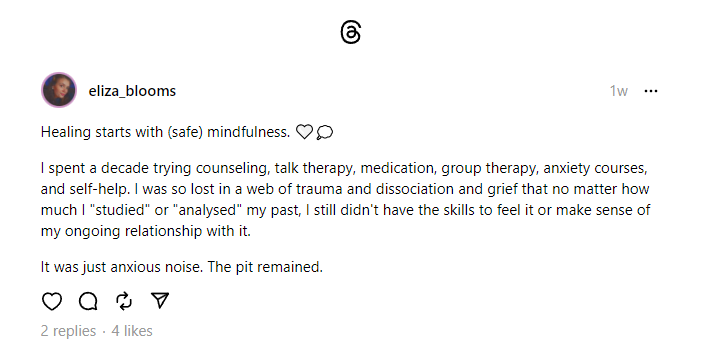
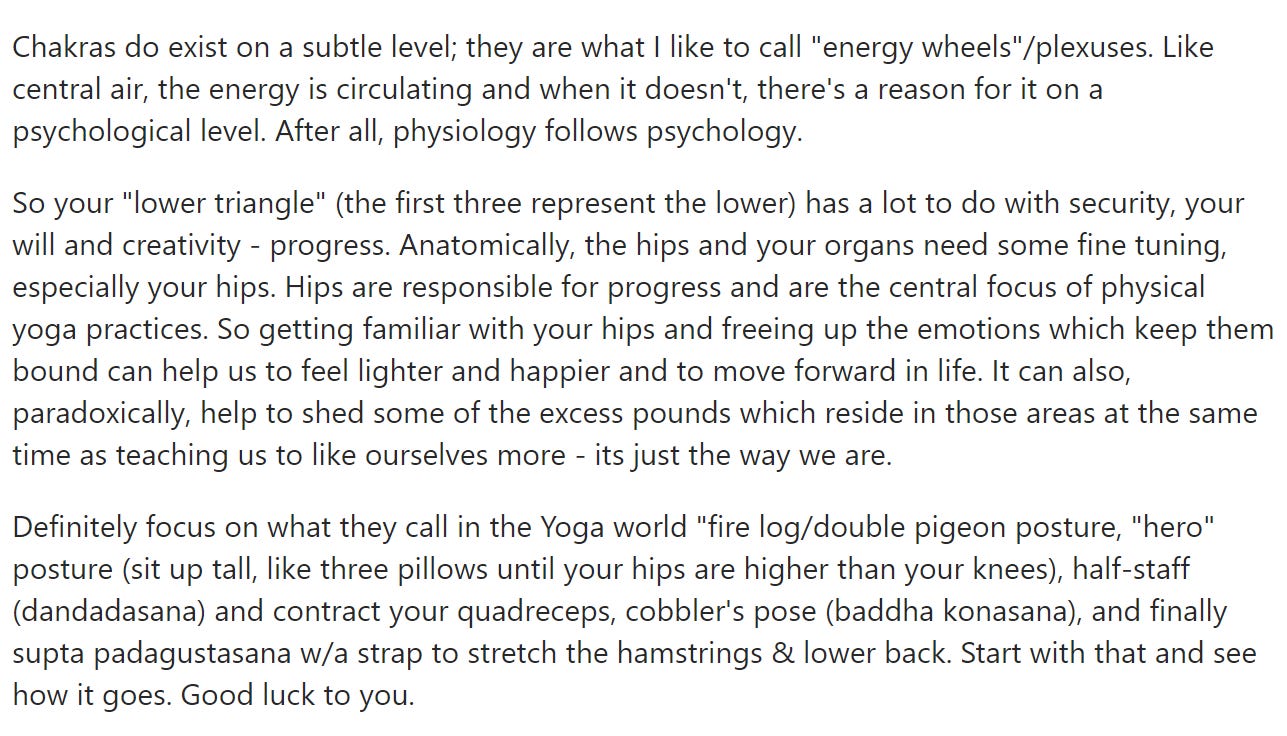
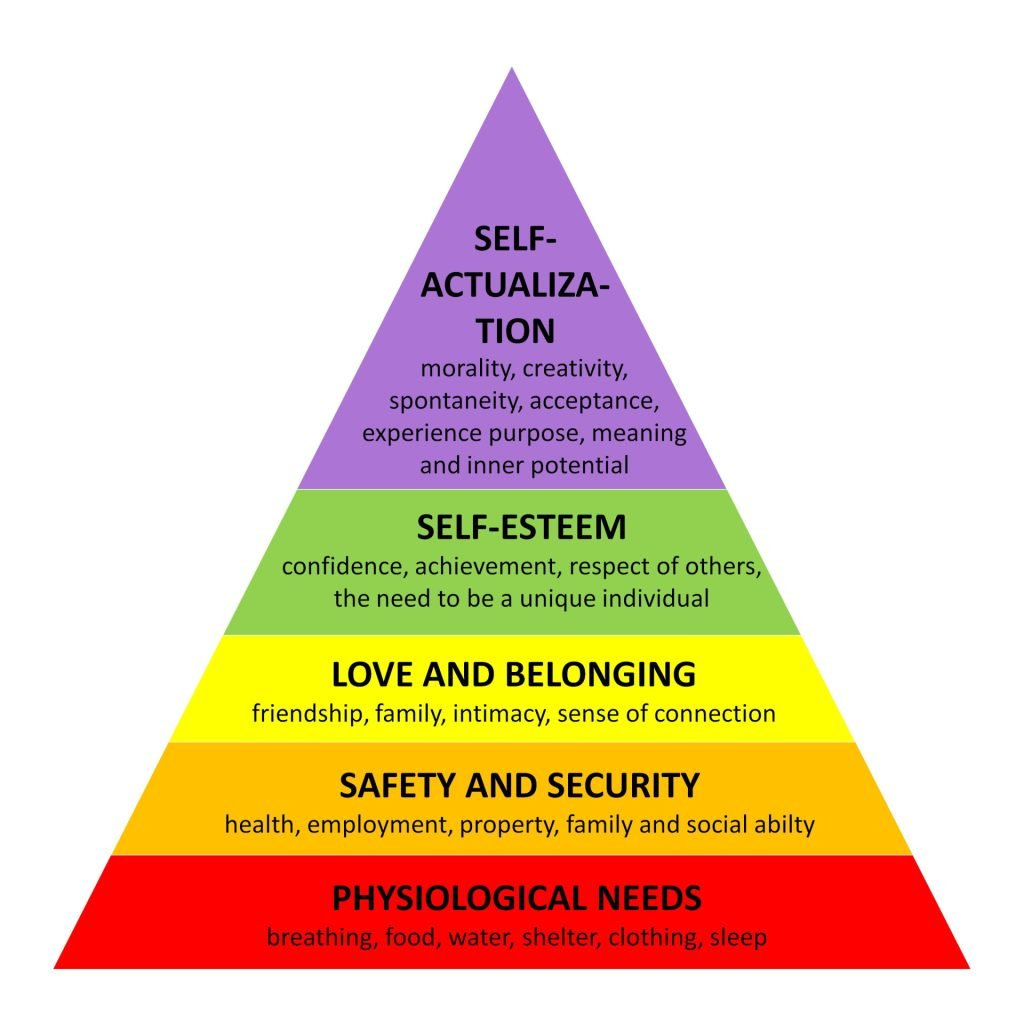
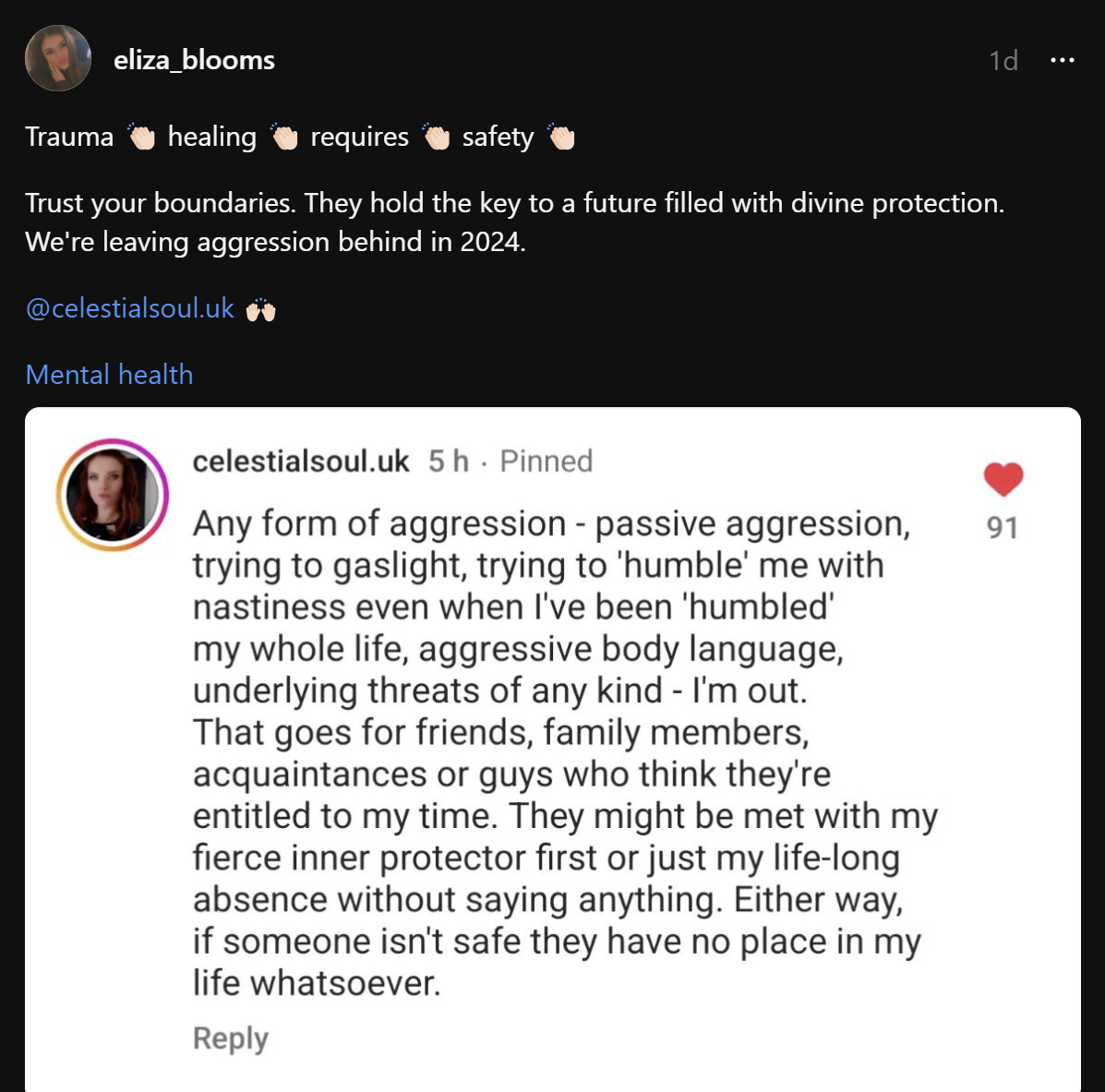
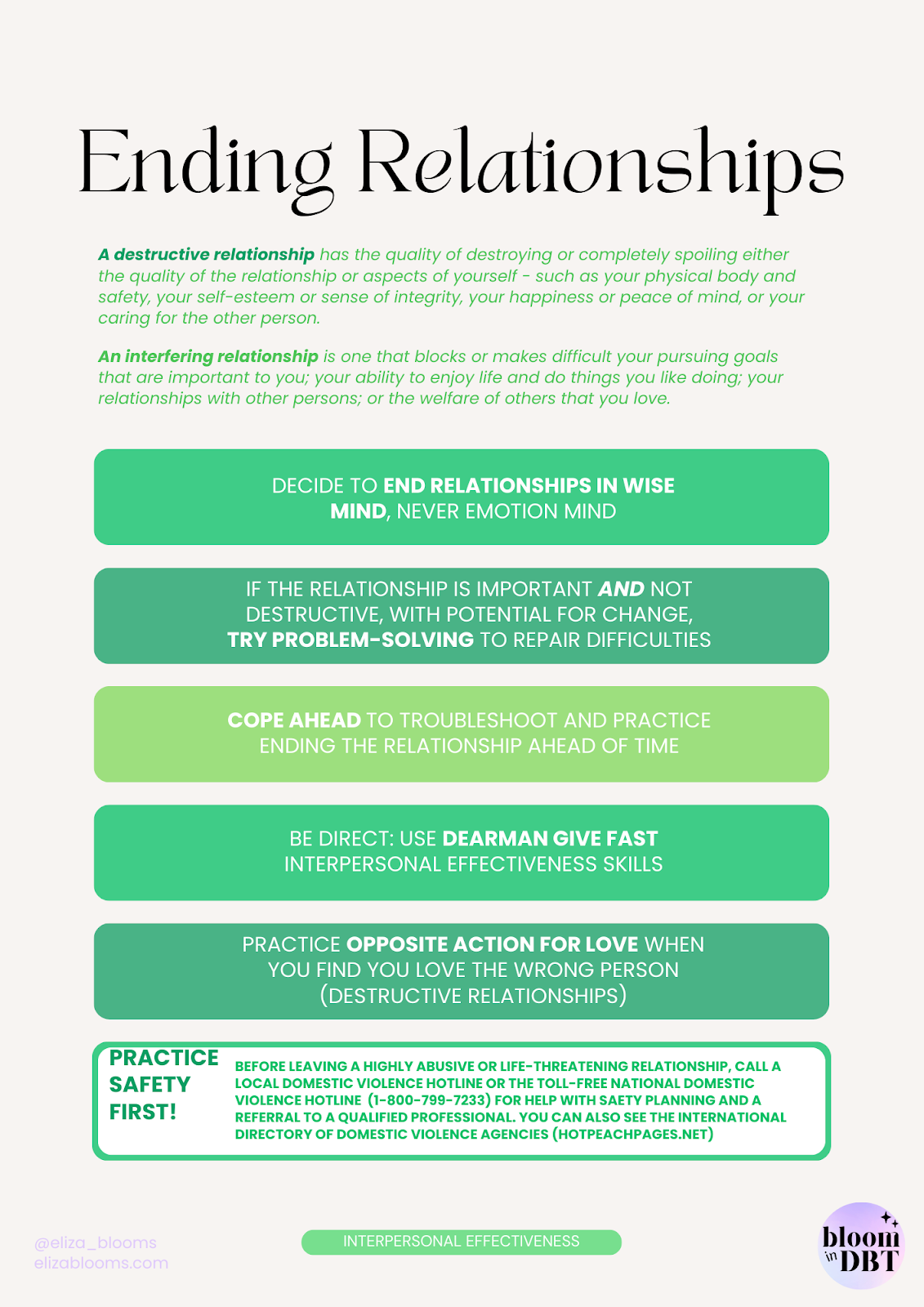


1 thought on “Healing the Lower Chakras: Why trauma healing requires safety above all else”